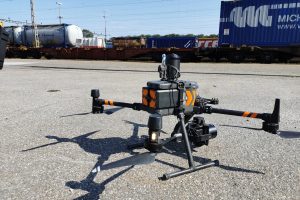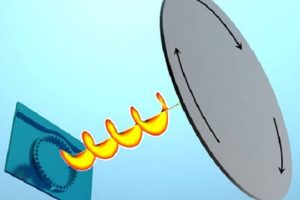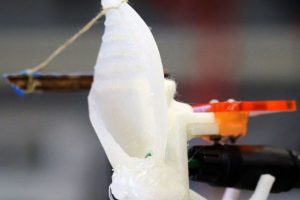
This is not the first time MXenes have been used to block radio waves – titanium carbonates have been studied, for example – but they are frequently reflective. In contrast, these particular vanadium carbide MXenes, of the form V2CTx or V4C3Tx, show particularly low reflectivity at X-band even when applied as a thin coating made from 2% MXene by weight mixed into a polyurethane carrier material.
“Remarkably, combining polyurethane, used in wall paint, with a tiny amount of MXene filler can absorb more than 90% of incident electromagnetic waves,” said Drexel researcher Meikang Han. “Radio waves just disappear inside the MXene-polymer composite film – the energy is transformed to a small amount of heat, which is easily dissipated by the material.”
“Our results show that vanadium-based MXenes could play a role in the expansion of IoT technology and 5G and 6G communications,” added fellow researcher Yury Gogotsi.
Pure sub-micron films of the two MXenes could also provide electromagnetic interference shielding, said the university.
The ‘T’ at the end of the formulae indicate elements such as oxygen or chlorine, or an OH group, for example (making the MXenes into oxides, chlorides, hydroxides in these examples) that add flexibility when applying the materials.
This research was supported Murata, the US National Science Foundation and the U.S. Department of Energy.
The work is covered in the paper ‘Efficient microwave absorption with Vn+1CnTx MXenes’, published in Applied Materials & Interfaces.
 Electronics Weekly
Electronics Weekly



